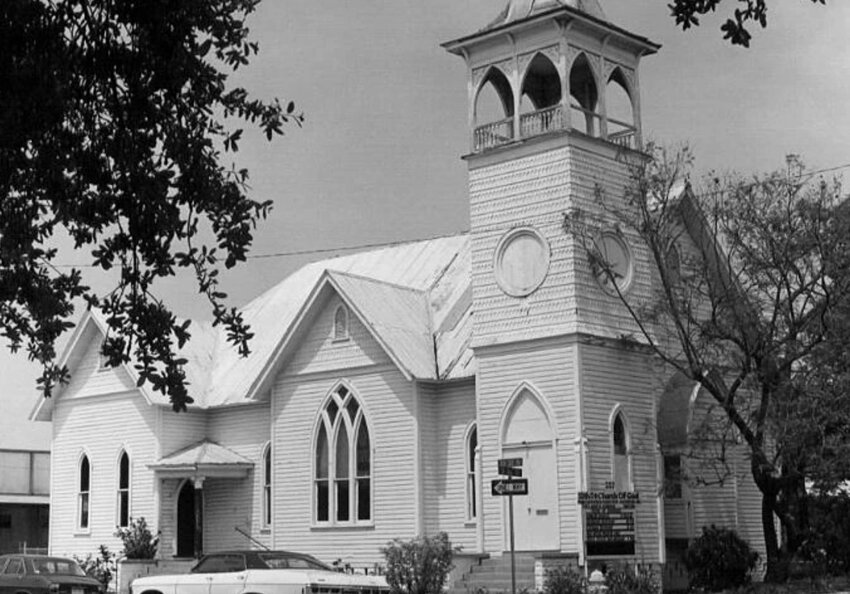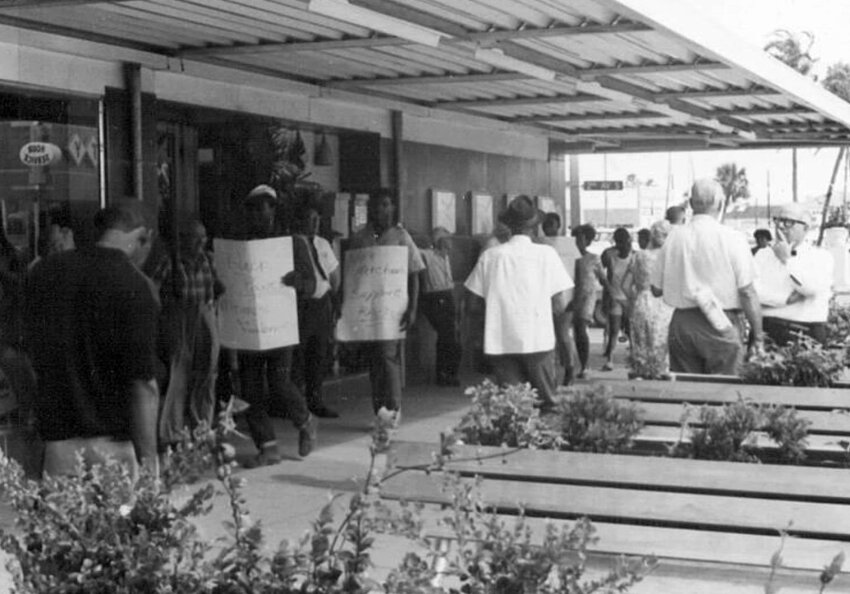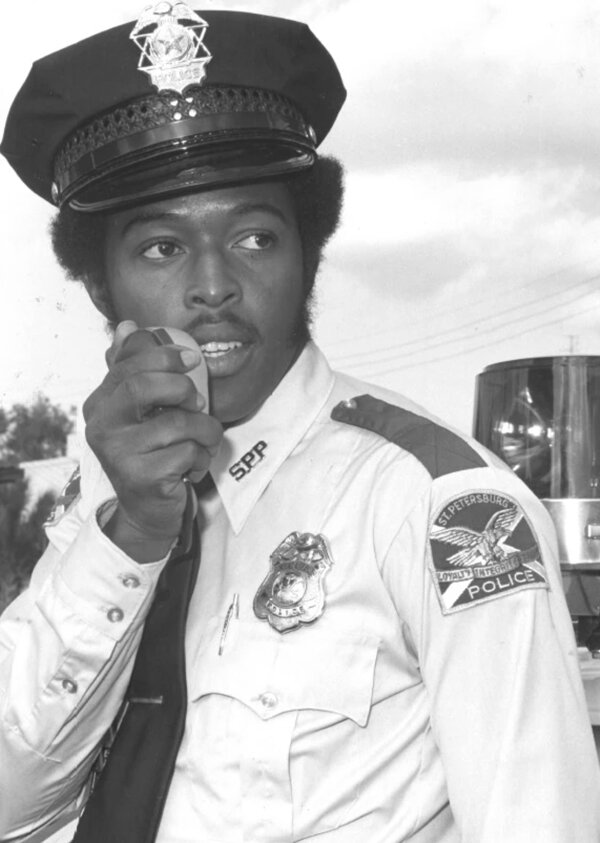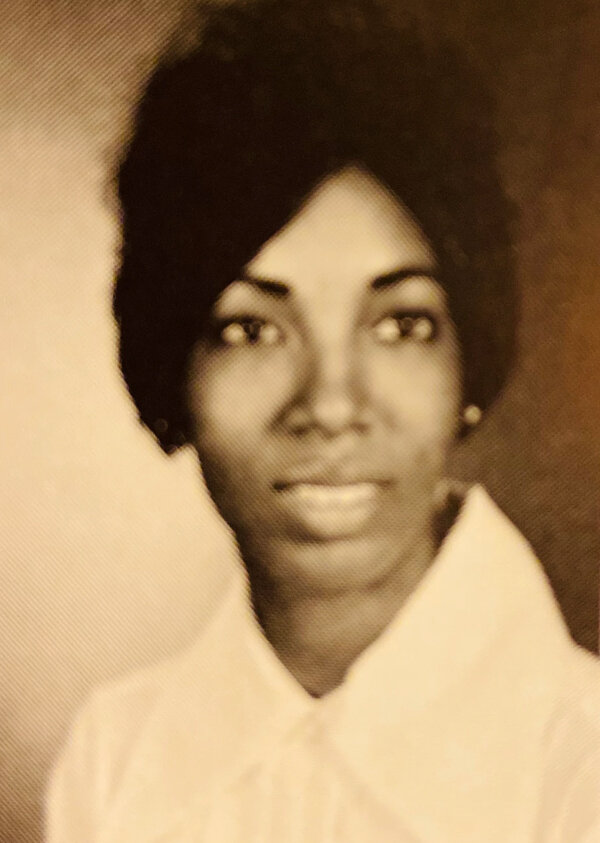Location: A Block West of 22nd Street, south of 9th Ave South
Elder Jordan Sr. and his sons operated a bus line, opened a beach for African Americans, and constructed houses and rooming homes.
Jordan and his sons would built a fortress-like structure, originally a dance hall, that is now known as the Manhattan Casino.
In 1926 Jordan Elementary opened.
In 1940 construction began on Jordan Park. This would be the city’s first housing project. On April 10th, 1940, the first resident settled.
-
Neighborhoods
- Sep 23, 2020 Jordan Park
- Sep 23, 2020 22nd Street (The Deuces)
- Aug 28, 2020 Gas Plant (Coopers Quarters)
- Aug 28, 2020 Methodist Town
- Aug 28, 2020 Pepper Town


























